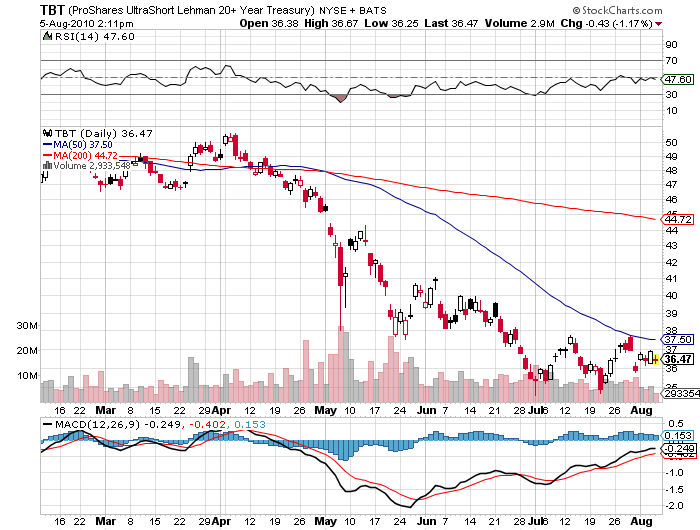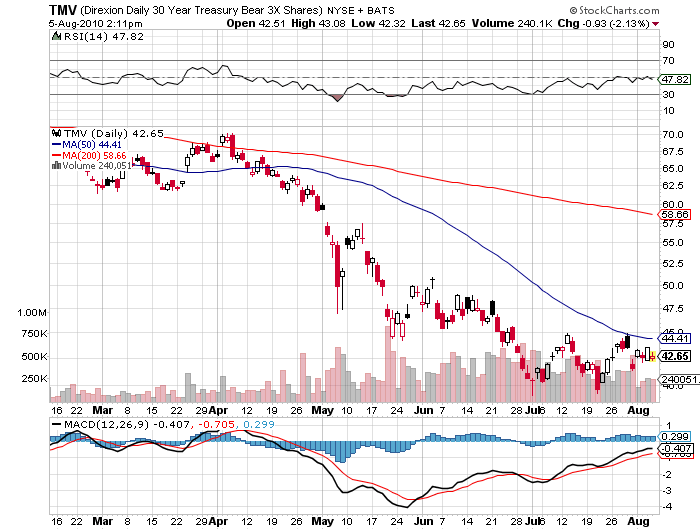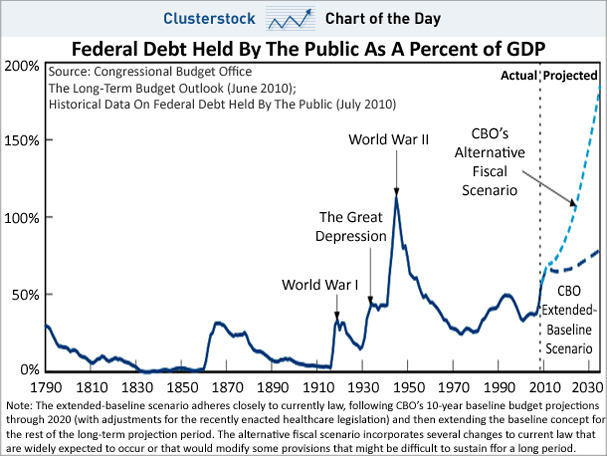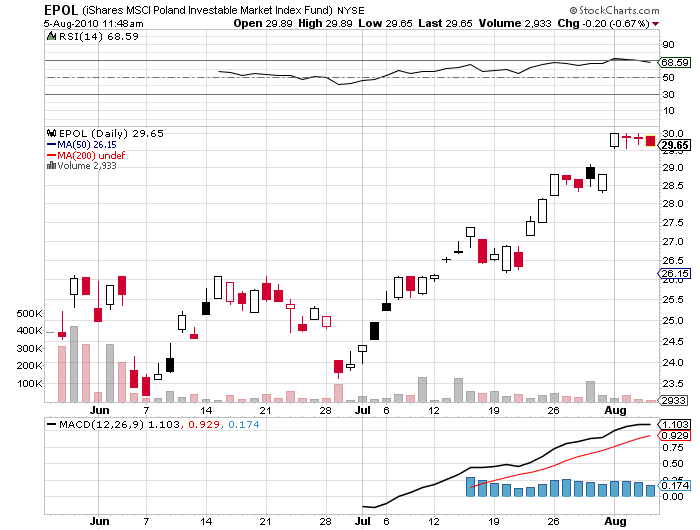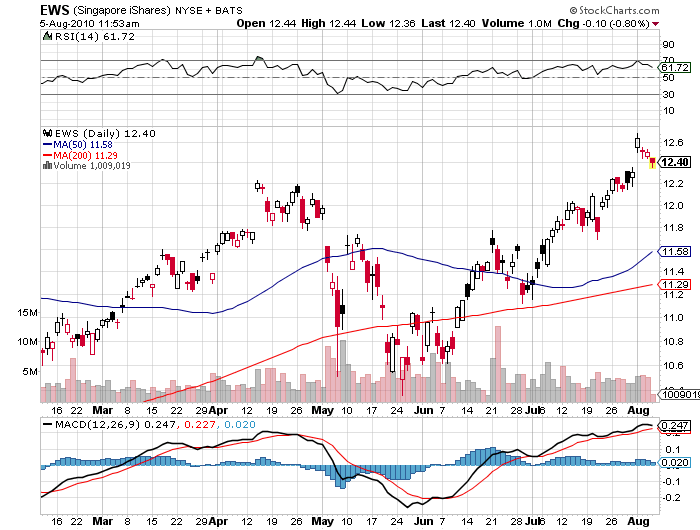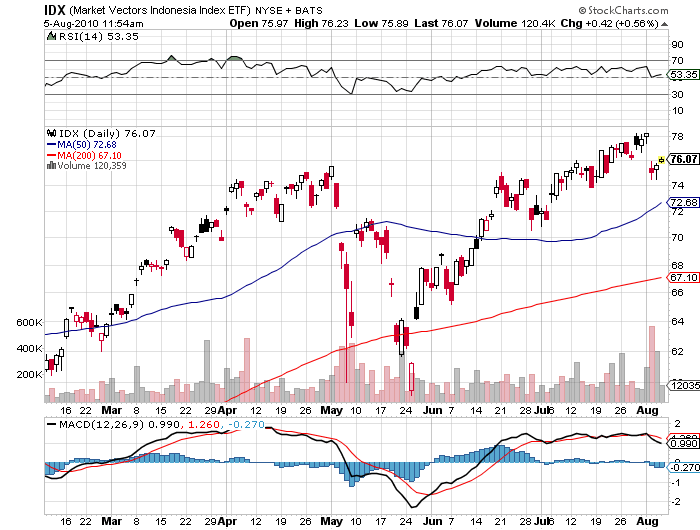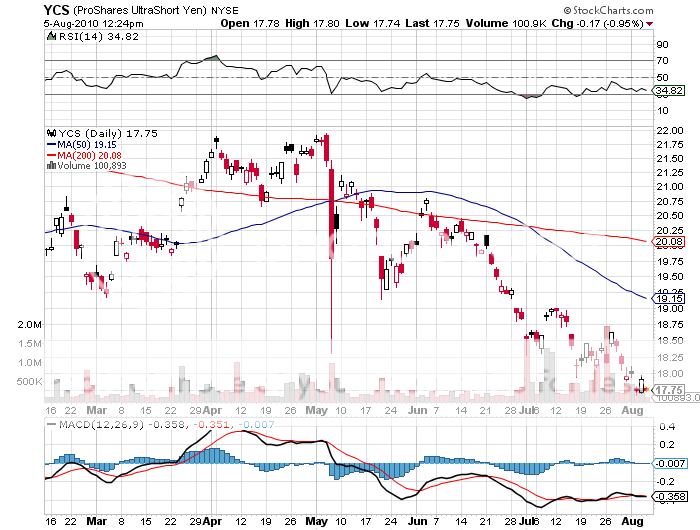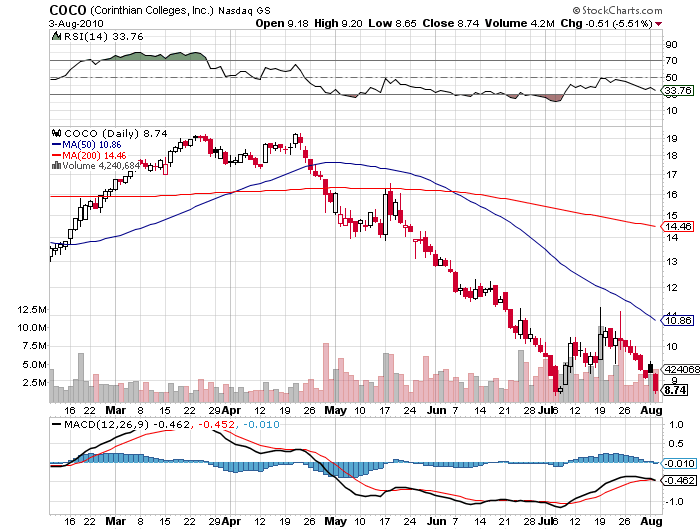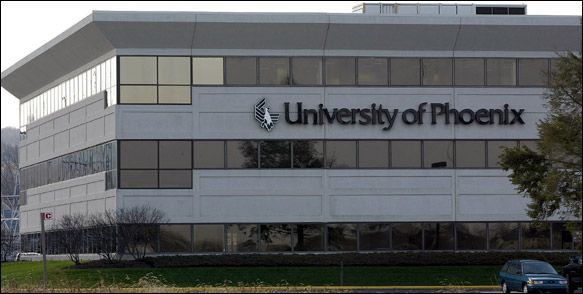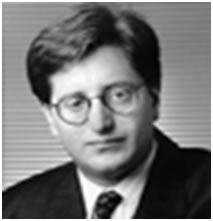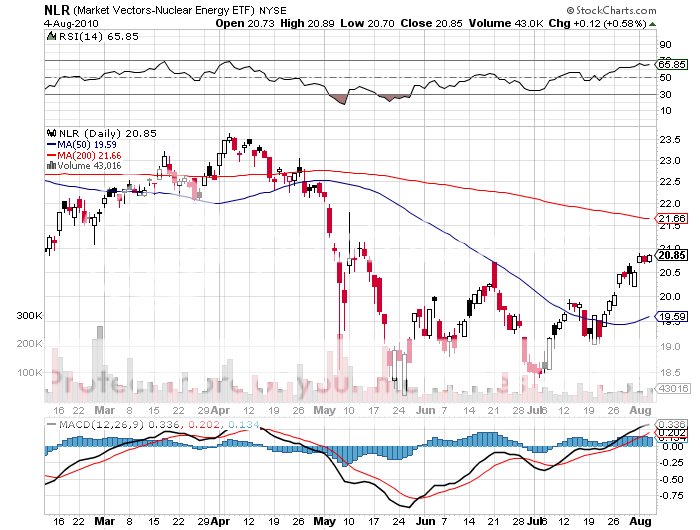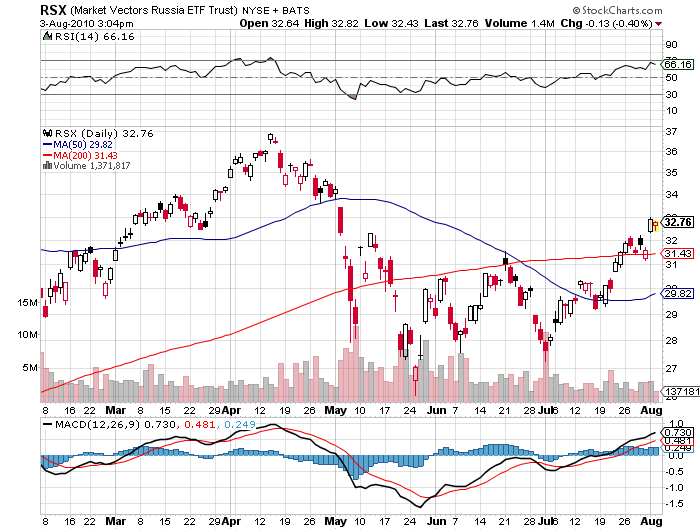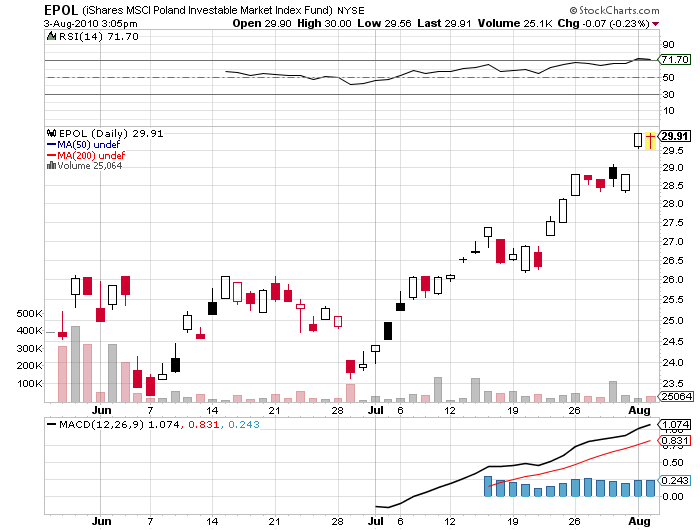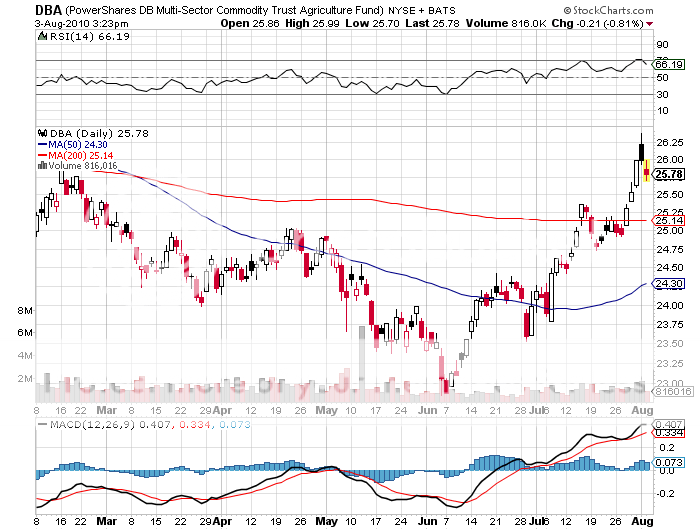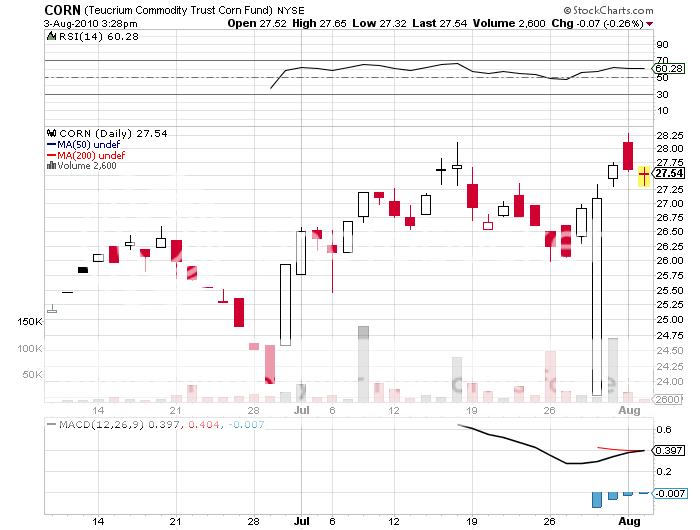Featured Trades: (THE SACK OF ROME), (TBT), (TMV)
ProShares Ultra Short Lehman 20+ Year Treasury ETF
Direxion Daily 30 Year Treasury Bear 3X Shares ETF
1) Get Ready for the Sack of Rome. I traded the great Japanese bull market during the eighties at Morgan Stanley, from the very bottom all the way up to the peak. The firm's fundamental analysts railed against the tide for years, claiming that stocks were liquidity driven, overvalued, and headed for a huge fall. Every time they made that call, their offices got moved ever closer to the elevator, and eventually, the men's bathroom. When the turn finally came, I had already taken off on an extended vacation, and the ignored analysts had moved on to hedge funds, where they proceeded to make vast fortunes. When someone at last threw the switch on Japan, it got dark amazingly fast. Tokyo went out at an all time high of ?39,000 on the last day of 1989, and then dropped a staggering 45% in January. Yesterday's close, 21 years later, was ?9,489. These days, I feel like those Japanese analysts, except the market that is driving me nuts is the one for US Treasury bonds (TBT), (TMV). The more arguments I find that they should fall, the faster they go up (see charts below). I probably would have fired myself by now, if I weren't my own boss, as nepotism is always a powerful force. Now I hear that PIMCO's Mohamed El-Erian says that there is a 25% chance of real deflation hitting the US, after telling us it won't for so long. Again, this reminds me of Japan, where the higher it went, the more imaginative the explanations became as to why it should continue. Ignore those 100 PE multiples, just focus on the damn Q-Ratios! I believe that we are witnessing the final blow off top in the great 30 bull market in bonds. A decade from now, it will not be stock investors complaining about a lost decade, but owners of bonds. Could it go on for another six months or a year? Sure. Like gold in 1979, technology stocks in 2000, the absolute tops of these parabolic moves are impossible to predict, both on a time and price basis. But when the turn comes, it will resemble the Sack of Rome.

